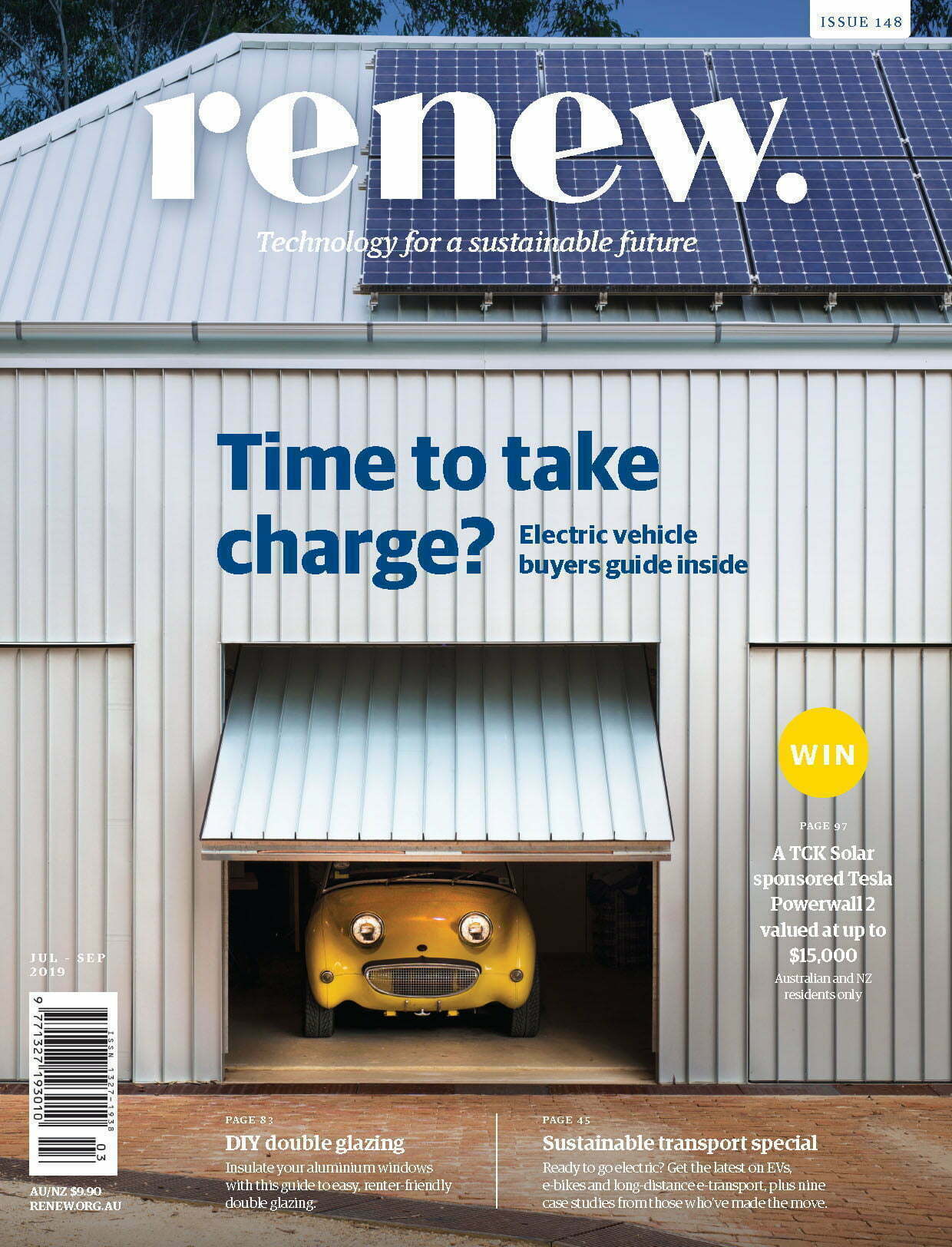Catching the carpooling opportunity
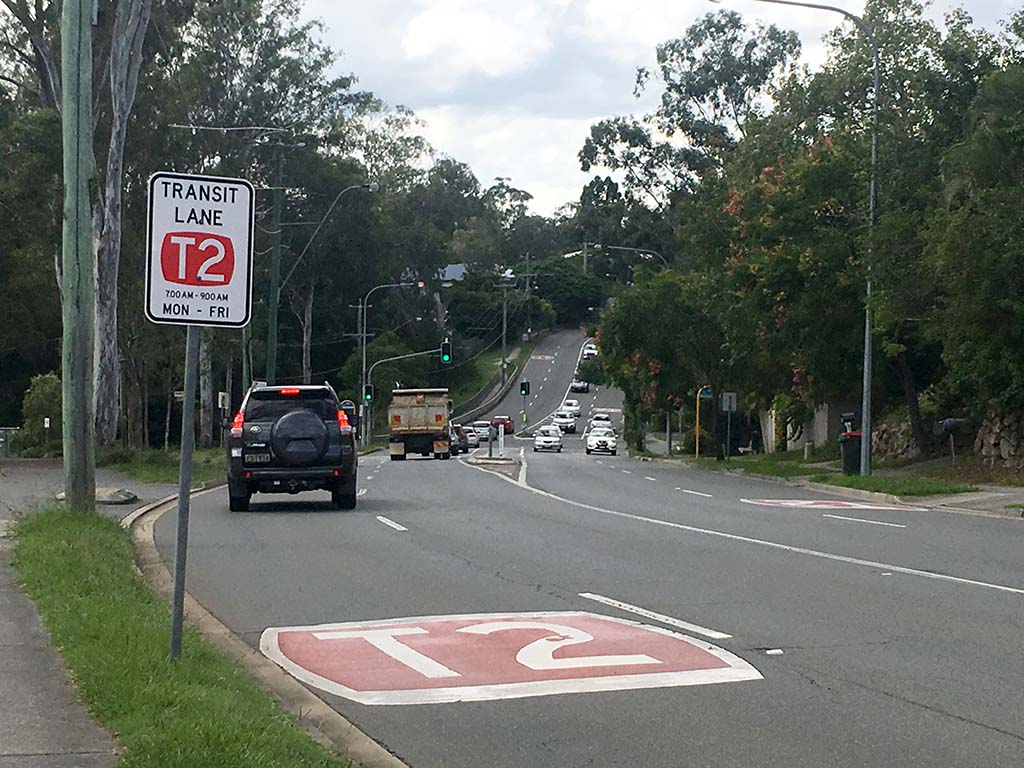
If just 1% of Victorian cars took a passenger to work, there could be 30,000 fewer trips per day. So why aren’t more people carpooling? Bruce Campbell considers what’s needed.
Have you ever counted the number of cars travelling with only one person in them? Ever counted the number of empty seats in cars at peak hour, compared to the number of empty seats on a peak hour train? I have.
In Victoria there are around 4.9 million empty car seats commuting to and from work each day. Across Australia there are over 19 million empty seats. Imagine if a small percentage of them had someone in them. The empty seats are a free resource that can also help build a more connected and resilient community.
If just an additional 1% of Victorian cars driving to work took a passenger, it could reduce the number of trips by over 30,000 per day. To put that into context, upgrades to Melbourne’s Tullamarine Freeway were forecast to cost $1.4 billion for an extra capacity of 30,000 trips per day.
Although the transport experts will have some fancy formulae, a change in the behaviour of 1% of people driving to work could save more than $1.4 billion. That has got to be worth looking at.
Based on the most recent ABS data, around 7.5% of Australians driving to work take a passenger. In the 1980s it was around 17%. What happened? Lots of us can speculate but there is very little published research on the social changes that have caused this drop. This is a social issue that requires behavioural change that could be addressed similarly to health initiatives such as the anti-smoking or skin cancer reduction campaigns.
Researching the opportunity
There is very little research into carpooling in Australia. Short research papers in 2006 and 2010 were the most informative I found (see Resources, below). Here’s what the research does point to.
The financial benefits of carpooling go to the providers of infrastructure. While there are tremendous social benefits and some cost savings to sharing a drive, the financial benefits to the providers of infrastructure are huge by comparison. A multi-level car park can cost over $50 k per parking space to build, so there’s the potential for a huge saving if fewer cars move more people.
Carpooling has real environmental benefits where there is poor public transport and it replaces others driving. On the other hand, carpooling to CBD areas can displace people using public transport and may increase the number of cars on the road.
Most current carpooling is done by informal arrangements between friends and colleagues, not using an app or online program. Only a very small percentage of the 500,000 Australians who get a lift to work use an app to arrange the trip. Websites and apps only have a significant impact on commuter travel if they are supported by behavioural change programs, usually locally delivered.
Research has shown that formal carpooling systems need a trusted group of 1000 or so potential carpoolers to be successful. A 2004 report notes that, based on employee numbers, less than 0.1% of Victorian companies are large enough to justify a site-based carpooling scheme.
A few carpooling systems based at large employers including universities and hospitals have had success.
Some local councils and state governments have made small investments in carpooling, but there are huge potential benefits that could be derived from a larger investment—however no billion dollar investments or major social change projects are being canvassed.
Finally, providing express car lanes and priority car parking for carpoolers has a positive impact.

What can you do?
- Individually: Give a friend a lift to work, sport or anywhere. Taking kids to sport is an obvious area where carpooling can work and can build strong social connections.
- At work: Hold a morning tea for people interested in carpooling or ask around to find others who are interested. If the workplace provides parking, ask for policies to benefit people who give someone else a lift. At my last workplace there was not enough staff parking to meet demand, so it was shared on a roster system—but if you brought someone else with you, you went to the top of the roster.
- Local council: Review the sustainable transport plan of your local council. Ask them to include getting a lift in carpooling as part of their plan.
- State government: Ask your local member what the state government is doing to support carpooling. In 2009, the Victorian government said it would allocate $6 million to carpooling initiatives, but the money was never spent.
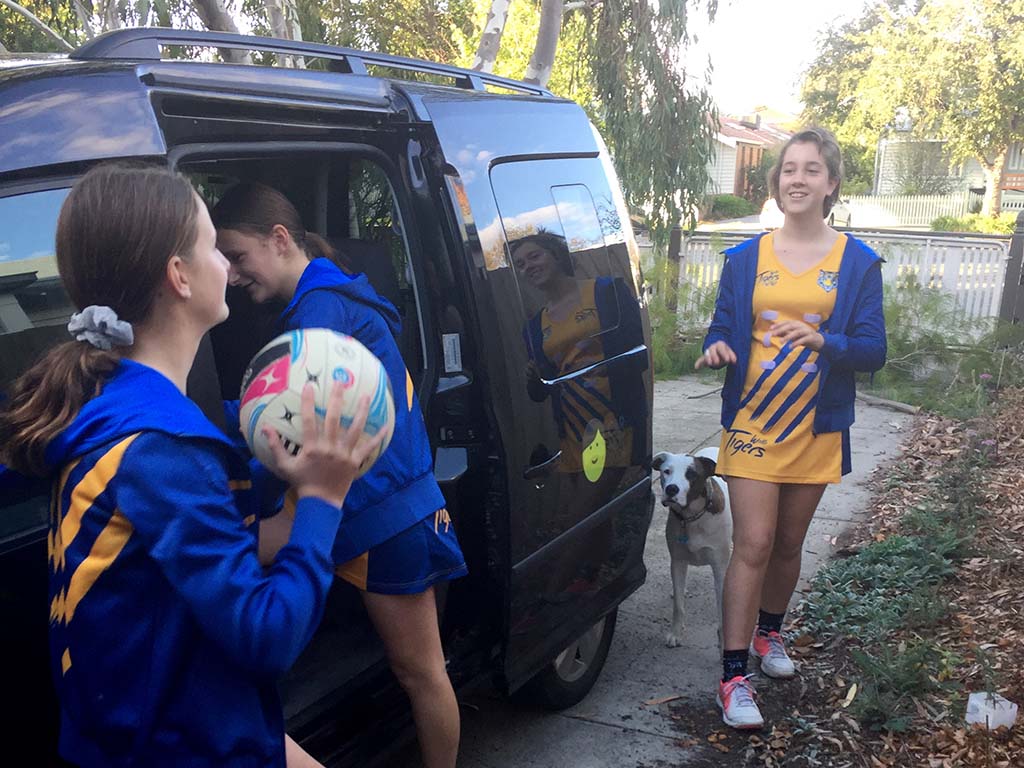
Liftshare UK
Liftshare is the UK’s biggest carpooling network with over 600,000 members. Over the last 20 years they calculate their schemes have saved over 150,000 tonnes of CO2 emissions and taken 800 million miles of car travel off UK roads. Liftshare has a strong focus on behavioural change. They have over 700 enterprise clients using their tools including personalised travel plans, lift share schemes, parking permit systems and trip authentication. Heathrow partnered with Liftshare 10 years ago and the scheme now has over 9000 members and has saved over 60 million road miles by members. The airport supports the scheme with dedicated carsharing parking bays and a guaranteed ride home, offering a taxi to carsharers who have to travel home in an emergency.
Northern Rivers Carpool
Northern Rivers Carpool has been operating for almost 10 years and was Australia’s first government-funded regional carpooling initiative. The scheme’s original aim was to link commuters from Clarence to Tweed Heads in northern NSW. It is now open for all trips in the area and is promoted for use at festivals.
The scheme has close to 3000 members. The website includes advice on security and safety and an additional verification tick when the member is verified by a participating organisation.
The Northern Rivers Carpool is owned and managed by not-for-profit Community Carpooling Association Incorporated (CCAI). CCAI has worked with other local councils to trial or set up carpooling systems in western Sydney, western Melbourne and the mid north coast of NSW.
ABS data on travel to work: bit.ly/ABS_Travel
2012–13 Victorian survey of travel and activity: bit.ly/TV_VISTA
‘The potential for carpooling as a more sustainable transport option’, Victorian Dept of Transport, 2010: bit.ly/PFCST
‘Carpooling: targeting for success’, at Australasian Transport Research Forum, 2004: bit.ly/ATRF04
‘Investigating a CBD-wide carpooling scheme for Melbourne’, Victorian Dept of Infrastructure, 2006: bit.ly/ATRFMCP
Monash Uni Carpooling: bit.ly/MONASHCP
Further reading
 Transport & travel
Transport & travel
Petroleum is fast becoming a dirty word
John Hermans explains the negatives of the petroleum industry.
Read more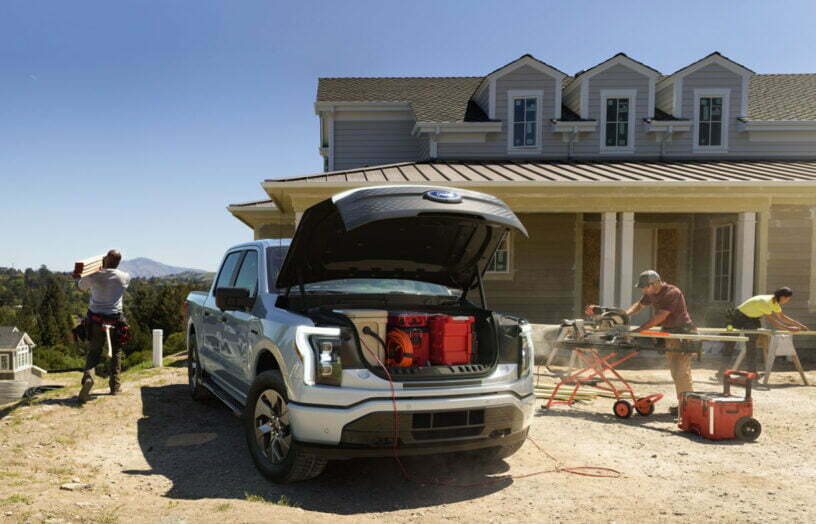 DIY
DIY
Bring on the electric ute
Bryce Gaton asks, will 2023 be the Australian ‘Year of the electric light commercial vehicle’?
Read more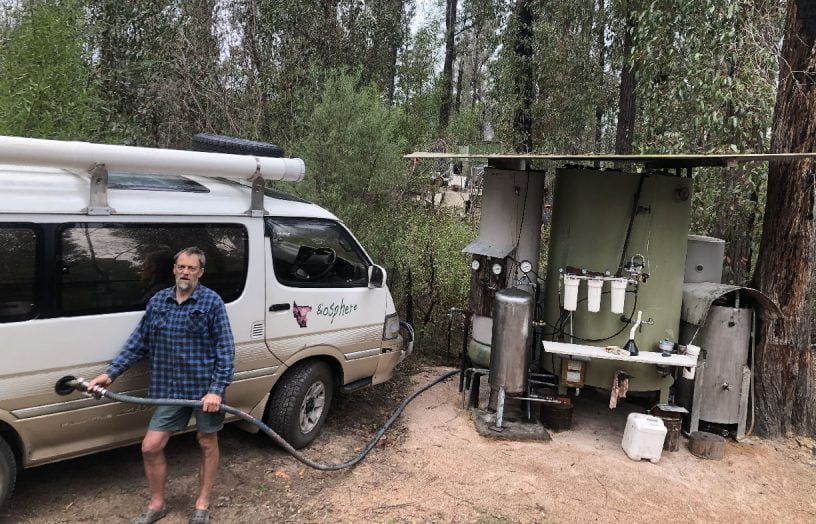 Transport & travel
Transport & travel
Biofuel vs battery
John Hermans gives his opinion on the best power source for electric vehicles.
Read more

